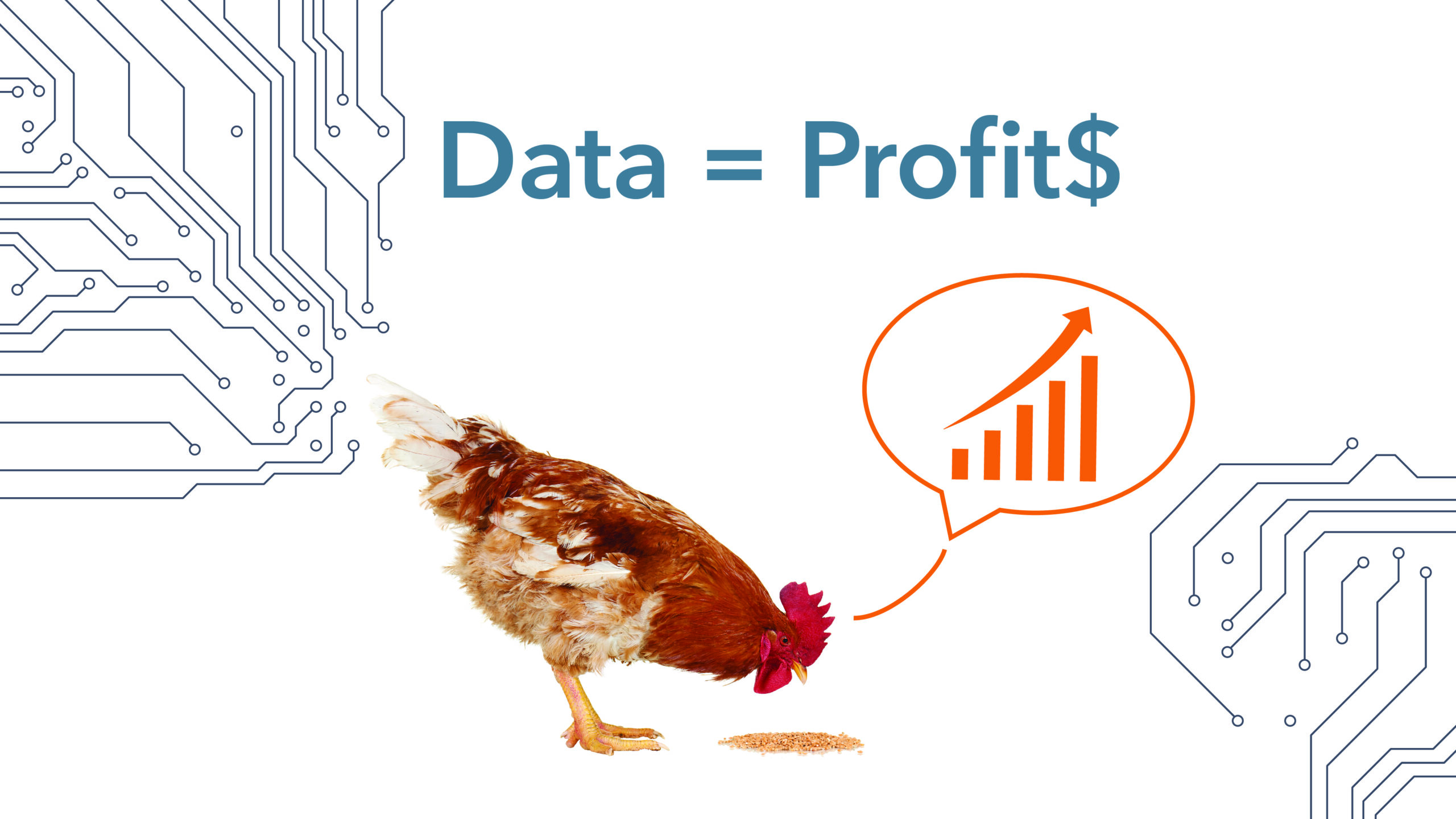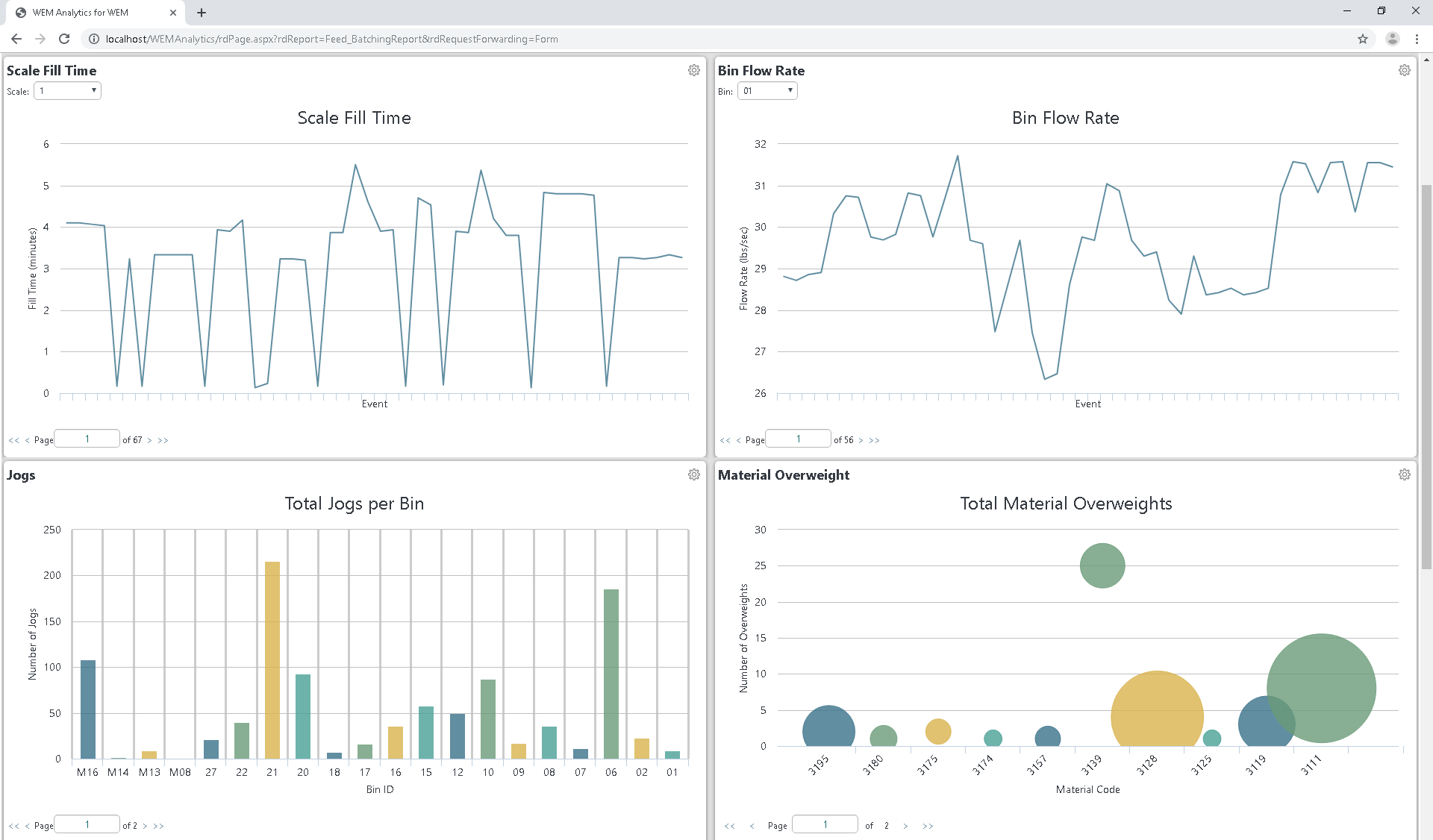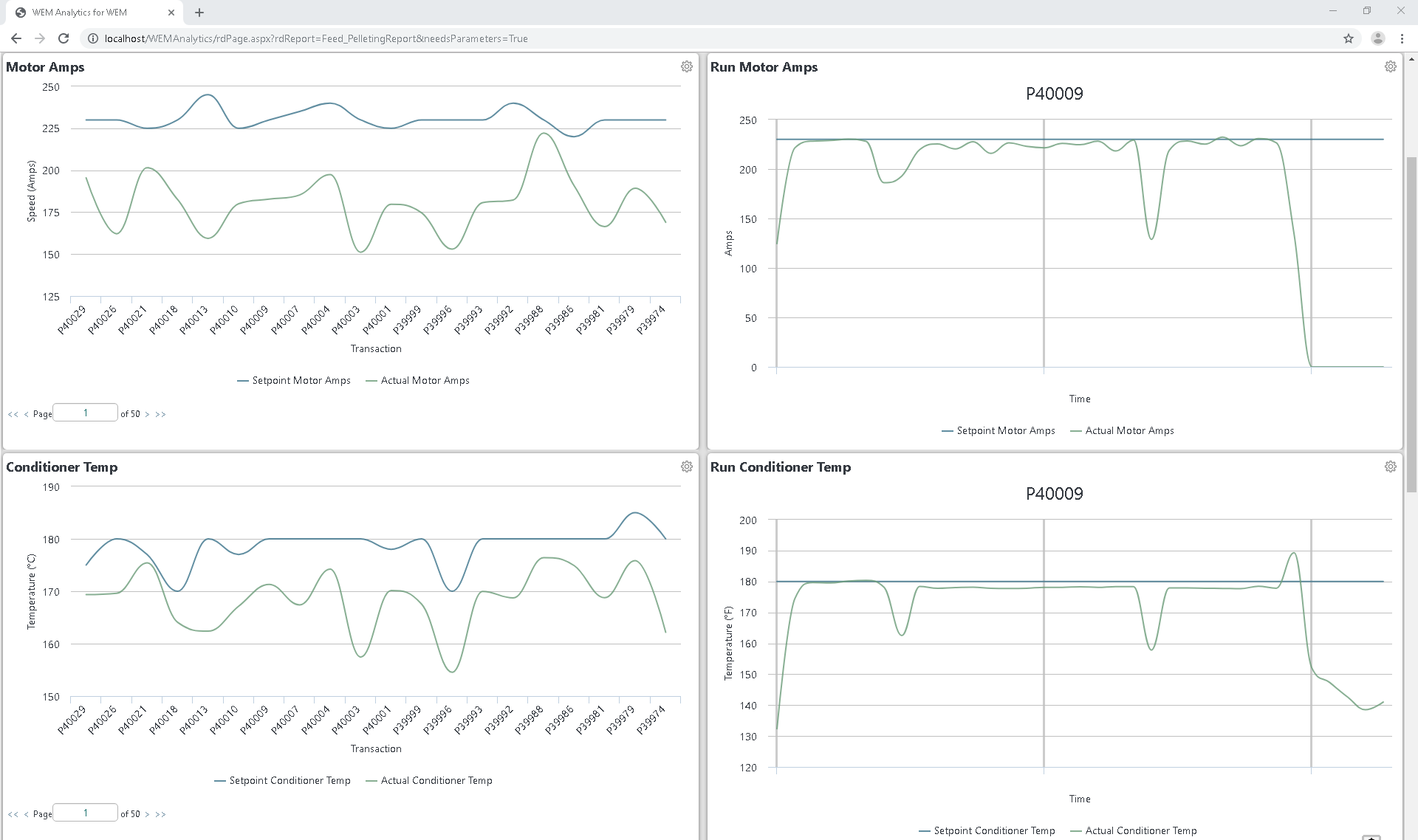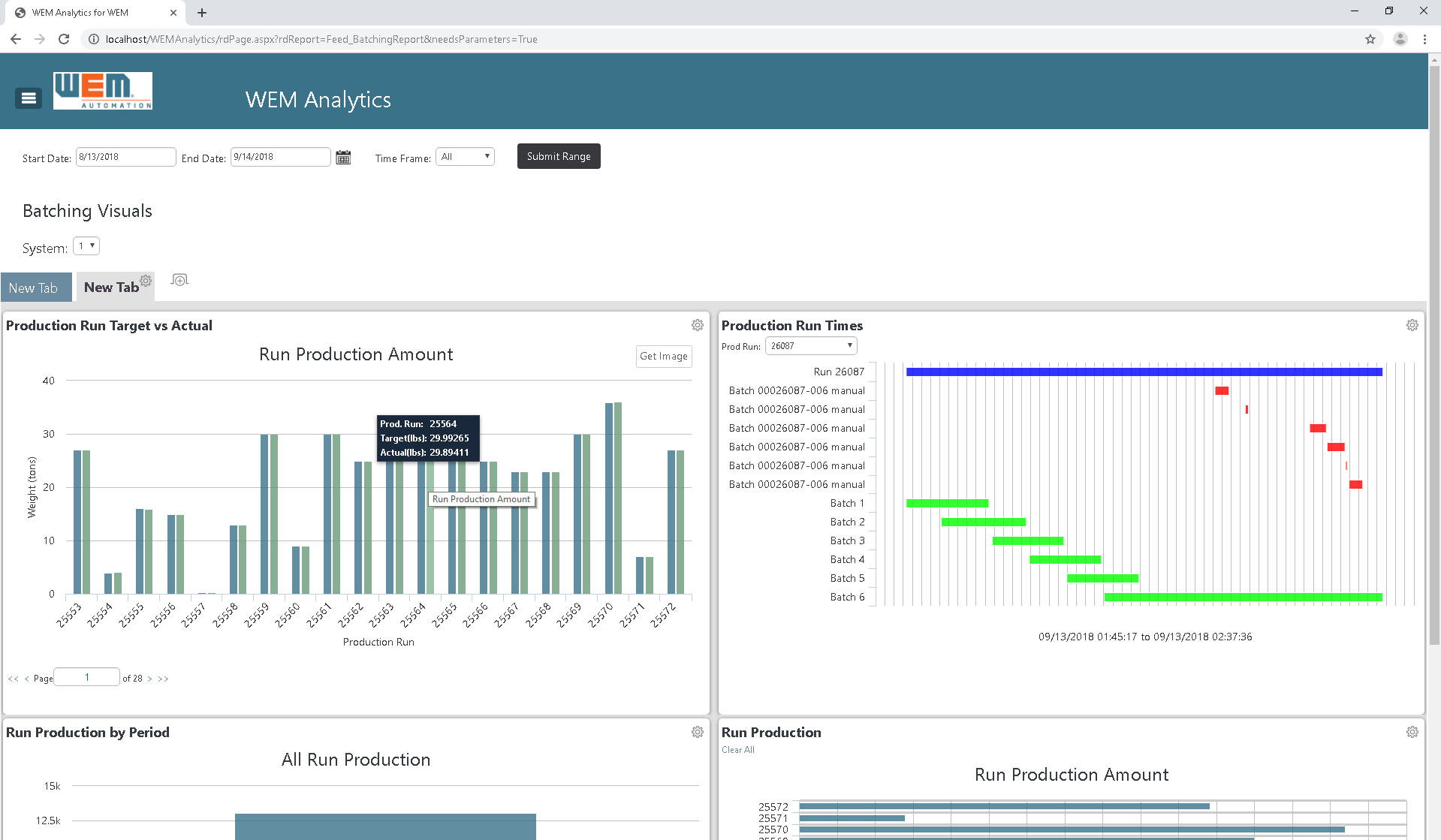
Do you know how to turn data into information that can improve productivity, reduce costs, and increase efficiency?
Understanding the importance of data and analytical tools is your solution to fine-tune your operations.
Interpreting Your Data
Similar to a visit to the doctor and narrowing down the possible diagnosis’s by running tests; your Feed Mill can be monitored in a similar way, by use of sensors, to identify where your problematic issues may arise.
Think of each sensor as a monitor that connects your plant to your centralized computer control system, or the brain of your operations, and collecting what the status is at each point.
When we attach sensors to monitor equipment – physical conditions such as temperature, pressure, and moisture create a cyber-physical system.
A Proven Difference
Now that we have established the function and use of sensors, we can show how they can be used throughout your entire mill for data gathering and control. We will describe a high-level focus on two examples, batching and pelleting.
Batching
Throughout the batching process sensors are used to control and maintain both quality and throughput. Starting with bin low switches to indicate when a material may be running low, enabling automatic switch over to keep the process going.
Over the past several years, there has been an expansion in the use of micro ingredient systems that utilize negative-weight scales, VFD drives, and multi-channel scale meters to improve both the quality of batching and throughput, by eliminating many hand-add processes that relied on operators.
Tracking and trending the measurements of these systems over time provides useful data for on-going quality control as well as indication of worn-out components.
Pelleting
Pelleting is another great example of sensors providing multiple inputs to control the process. In addition to sensors keeping material available in the surge hopper, steam control valves provide signals to control the amount of steam entering the conditioner.
Temperature transmitters at the output of the conditioner provide actual temperatures which are used in the control algorithm to make steam adjustments to keep the process temperature on target.
Added pressure on operations to make high quality feed, with increased formulas, is essential for feed mills to make informed data-based decisions in such a fast-paced operational environment. With today’s technology, checking your mill’s overall performance is a necessity.
Making the Connection
You can check your mill’s overall performance, at a glance, with WEM Analytics, an easy-to-use web-based tool created to organize data and drive continuous improvement opportunities through various operational dashboards of live and historic data. Each dashboard graphically displays high-level metrics for every operation with the ability to drill down to specific details, from receiving to load out, across any time span.
Whether your function is in operations, quality, warehousing, accounting, or supply chain management, having the right information immediately available to drive educated decisions is key – WEM Analytics can help by taking the guesswork out of the equation.
Learn More about WEM Analytics






Do You Have Questions?
Feel free to reach out to us today! We are happy to answer any questions regarding IoT, WEM Analytics and how you can implement them in your Feed Mill.



